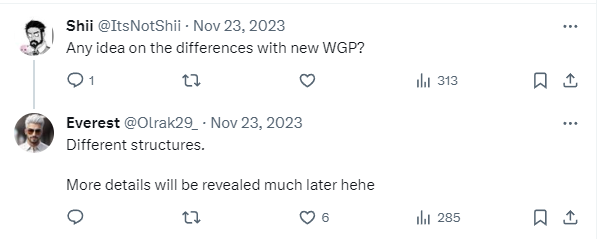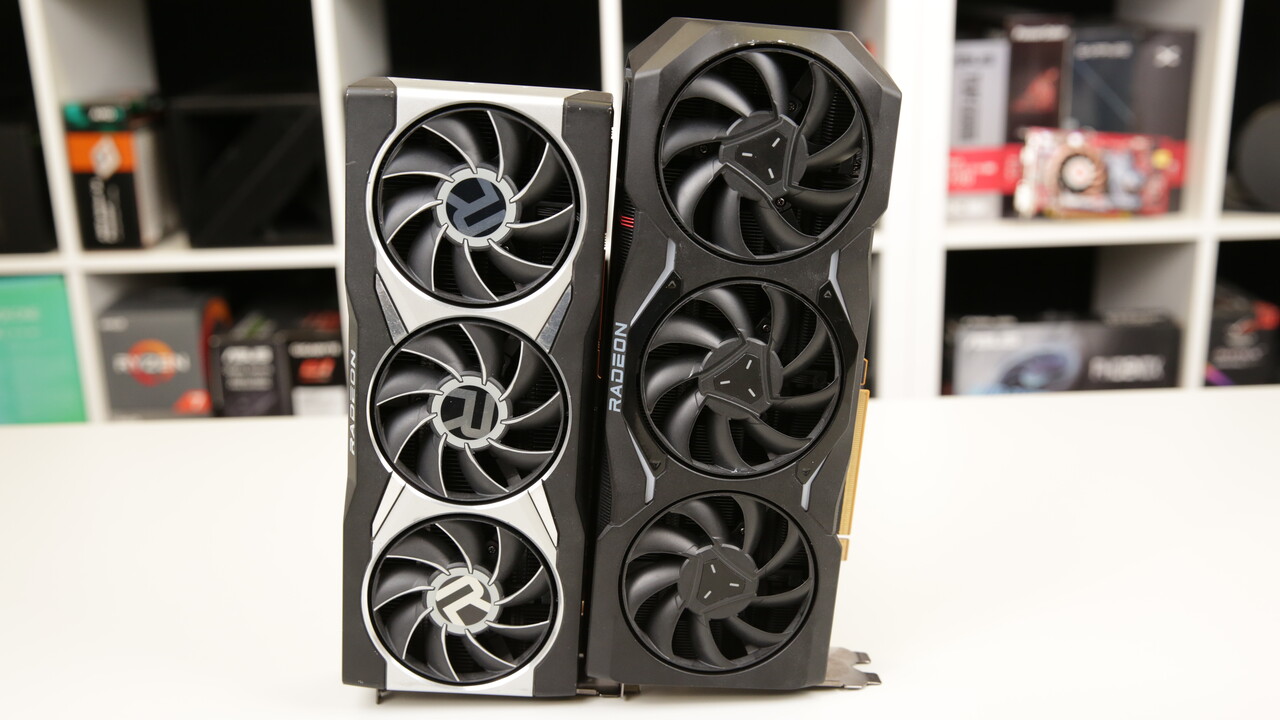Yup that sounds like realistic prediction, that way sony has it covered on both sides, vs xss and xsx, both mashines bit more expensive but offer whole lot more and obviously even casual will recognise its amazing deal.
They wont price more than 600usd msrp upclocked zen2+ downvolted/downclocked 7800xt combo of mashine, it will already be profitable or close to profitable(with 1 game) at that price point.
Source: https://www.installbaseforum.com/forums/threads/sales-numbers-for-every-ps4-and-ps5-era-playstation-first-party-games-have-been-leaked.2215/post-216754 Data as of Jan 2020 Details Disc Retail, Bundled, and Digital Disc and Bundled- SIEA: 11th Jan 2020 SIEE: 12th Jan 2020 SIEJA: 12th...

www.neogaf.com
We got leaked data on amount of ps4pr0 in the wild/its sales, barely over 14milions total, which makes it around 20% of all ps4's sold from its launch.
Makes sense too, that 1/5th of players is hardcore/techsavy enough to care for bit more expensive but much beefed up specswise mashine, it also means sony has to prepare their ps5pr0 to sell around 4milion units yearly after its launch in 2024 till start of next gen- aka launch of ps6 holidays 2028, 4years of roughly 4m units each=16m units cap, thats what probably we can expect from ps5pr0 if everything goes smoothly/we get plenty good games/high quality exclusives to eat.





